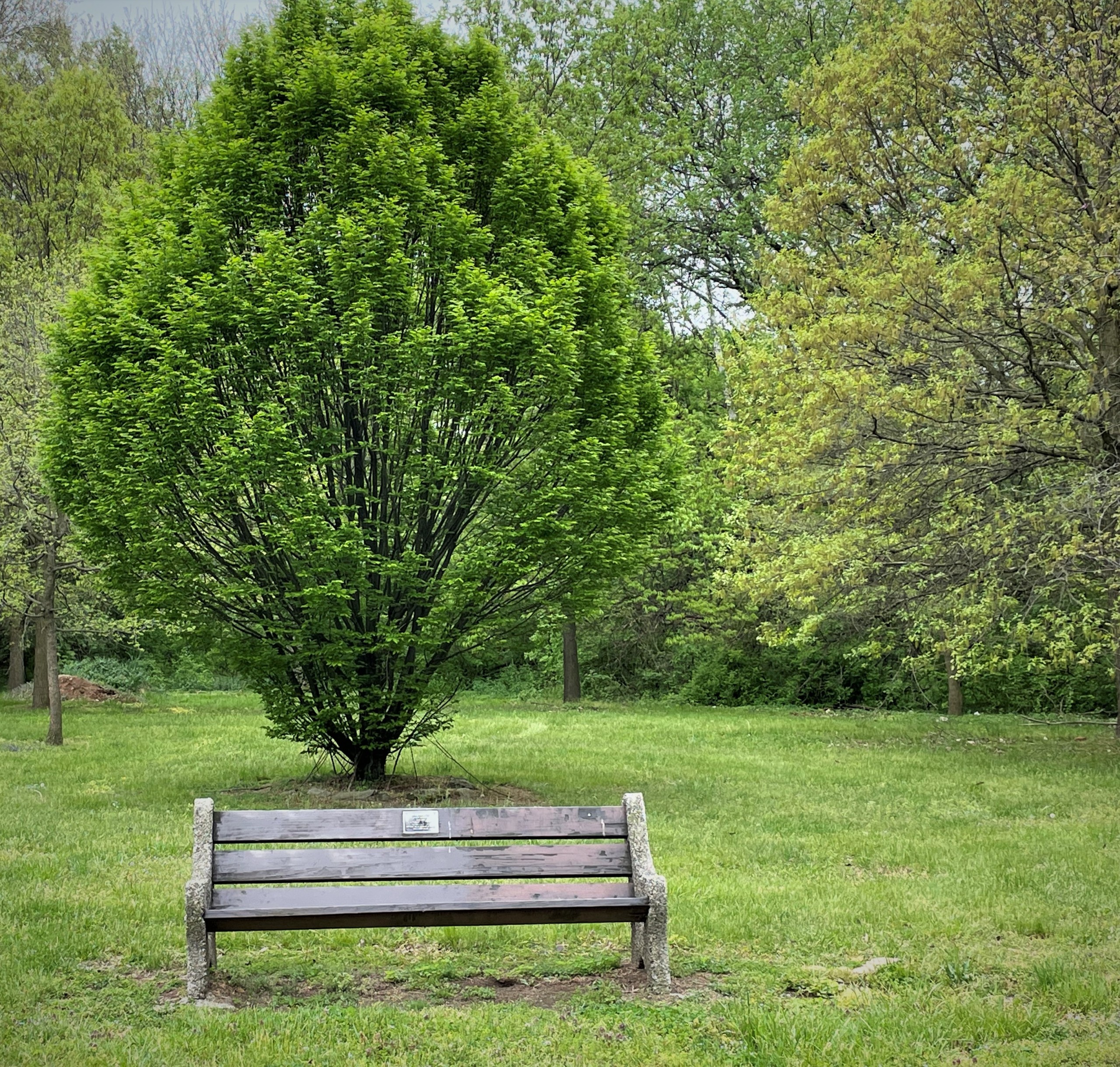With its more than 100,000 species, no wonder mold can be found anywhere. Neither animal nor plant, mold is a microscopic organism that produces enzymes to digest organic matter and spores to reproduce.
Mold is part of the fungi realm shared with mushrooms, yeast and mildew. In nature, mold plays a key role in the decomposition of leaves, wood and other plant debris. Without mold, we would be wading neck-deep in dead plant matter. And we wouldn’t have foods and medicines such as cheese or penicillin.
But problems arise when mold starts digesting organic materials we don’t want it to — like our homes.
How Mold Grows
According to the Environmental Protection Agency (EPA), mold begins growing indoors when its spores land on surfaces that are wet.
“In order to grow, mold needs moisture, humidity and a food source,” says Patricia Harman, director of communications for the Association of Specialists in Cleaning and Restoration. Mold can grow on just about any surface. It often develops after sewage spills, pipe breaks, toilet overflows, hard rain or basement flooding.
“Mold will start growing within 24 to 48 hours after something gets wet, so you need to dry whatever is wet within that time.” says Dan Rostelli, owner of Philadelphia-based Mold Detection, which battles mold throughout the Delaware Valley.
How to Identify Mold
“Mold can be black, green, white, gold, brown or reddish,” says Harman. “It usually has a soft, almost fuzzy appearance, like very fine hairs growing closely together. Some molds will be one color on the outside of a circle and be a completely different color in the center.”
“You can usually see or smell mold,” says Bob Lanier, owner of MouldWorks, an analytical lab located at the University of Oregon. “You’ll often notice it when you see something fuzzy or slimy on the walls. However, it can also be hidden in places like the bottom of the wall behind the baseboards, in wall cavities in the basement, in crawlspaces or in the attic.”
According to Mold Detection, you might have mold in your home if you have any of the following conditions:
- A musty smell in your home
- A visible sign of water damage anywhere
- Basement or first floor flooding
- High humidity in the home
- Leaky pipes in the kitchen
- Leaky pipes in the bathroom
- Leaky roof
- Lack of a dehumidifier in the basement
- Tub overflow
- Poor bathroom ventilation
Health Problems
According to the EPA, mold has the potential to cause health problems. Mold produces allergens (substances that cause allergic reactions), irritants and in some cases, potentially toxic substances (mycotoxins).
Inhaling or touching mold or its spores can cause allergic reactions in sensitive people. Allergic responses are common. They can include hay fever-type symptoms, such as sneezing, runny nose, red eyes and skin rash. They can be immediate or delayed. Mold can also cause asthma attacks.
In addition, mold exposure can irritate the eyes, skin, nose, throat and lungs of both mold-allergic and non-allergic people.
“There are thousands of types of mold, so the health effects can vary depending on the species,” says Harman.
“Mold is one of the top allergens in children,” says Angel Waldron, spokesperson for the Asthma and Allergy Foundation of America (AAFA). “This is particularly true since children’s respiratory systems are not fully developed.”
Can Harm Property Too
Mold can damage property too. Says Harman, “If left unchecked, mold can affect the integrity of a structure, because it can cause the building materials to decompose.
“It lives on wallpaper, plaster, drywall, cellulose from paper and fabrics, and wood, for example supports and framing.”
“Homes with foundation-vented crawlspaces are particularly vulnerable,” says David C. Meyers, vice president of Hardy Environmental Services, located in PA, DE and MD. “Mold and wood rot can damage the floor joists and support beams, resulting in tens of thousands of dollars in repairs,” Myers says. “Leak-ing windows and long-term mold growth inside wall cavities can rot the framing and the underlying plywood that the siding is attached to, causing major structural repair costs.”
Getting Rid of Mold
According to the EPA, if there is mold growth in your home, you need to clean up the mold and fix the problem that allowed it to grow. If you clean up the mold, but don’t fix the underlying problem, mold will most likely come back.
“If it’s just a small amount of surface mold, any over-the-counter cleanser should get rid of it,” says Harman. “However, if it gets into fabrics and stuffed animals, they might have to be thrown out.”
“You can remove the mold yourself, depending on the level of contamination,” says Rostelli. “If it’s a low level, it’s really easy to do, provided you protect yourself, you’re handy and you know how to contain the mold. If it’s a high level of contamination, it is recommended that you get professional help.”
Local experts agree that the most effective home test kit for mold involves a tape lift. “These tests come with a piece of clear tape on release paper,” says Lanier. “You rub the tape on the mold and put it back on the release paper between two foam pieces in a zip lock bag and send it to the lab where it is analyzed and cultured. This is a very accurate test because it identifies the species of mold so you know how dangerous it is.
“However, the overall accuracy of the test depends on whether the homeowner took the sample from all the right sites.”
“The best way to test for mold is to have a certified professional take air samples,” says Rostelli. “The air samples collected by professional inspectors will determine how many spores are in the air and the types of mold, in addition to providing an indication of where the mold might be coming from.”
Finding Help
Always ask a mold inspector or mold remediator who they are accredited with. “A few of the more reputable organizations that provide accreditation are the Indoor Air Quality Association, the American Indoor Air Quality Council and the National Association of Mold Professionals,” says Meyers. “These organizations require testing and continuing education to maintain certification.”
“It is extremely important to check at least three references for both mold inspectors and mold remediators, people for whom these professionals have performed their services,” says Lanier.
“It is often a good idea to make sure that the inspection and testing is done by someone different from the person doing the remediation. That way your house will be independently tested before and after the remediation to ensure it was done properly.”
June Portnoy wrote this article as a contributing writer to MetroKids Magazine.






